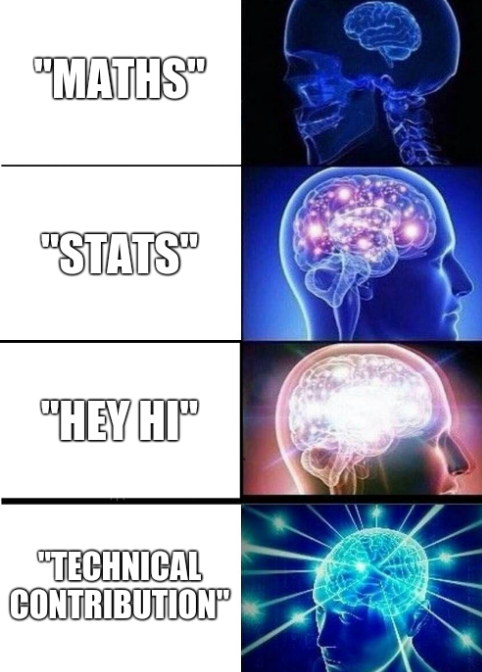

THE "HEY HI" (AI) buzzword is pure magic. Things are "innovative" just by virtue of being labeled "HEY HI" (AI) and the U.S. Patent and Trademark Office (USPTO) nowadays exploits this buzzword -- boosted by at least two years of unprecedented media hype -- to discard/disregard 35 U.S.C. ۤ 101. The hype is also exploited by abusive WIPO and occasionally in Munich's abusive think tanks, which serve litigation firms.
"Using new guidelines the EPO more or less forces examiners to allow such illegal patents (or risk losing the job)."As noted here before, WIPR's puff piece "IP5 hold joint AI response meeting" (based on EPO fluff alone) contributed to the idea that media was 'captured' by maximalists and European Patent Office (EPO) management, pushing for software patents in Europe at every turn not because software professionals want these but because litigation firms want these. António Campinos meddling in a Board decision (upcoming case) regarding the matter is another insult on top of an injury (caused mostly by Battistelli).
The other day, promoted through a network of law firms was this piece by Yasar Celebi (CMS Netherlands) which leverages "HEY HI" (AI) as means by which to bypass the EPC and grant patents on algorithms. To quote:
Under the European Patent Convention (EPC), you can’t patent software 'as such'. Case law shows that software is patentable when it can be presented as a new, non-obvious technical solution to a technical problem.
The European Patent Office (EPO) has amended its guidelines to provide more clarity on the circumstances under which inventions in the field of AI are patentable. According to these guidelines, AI-based inventions are patentable as long as the method used serves a technical purpose. For example, the use of a neural network in a heart-monitoring apparatus for the purpose of identifying irregular heartbeats makes a technical contribution and is thus, in principle, patentable.